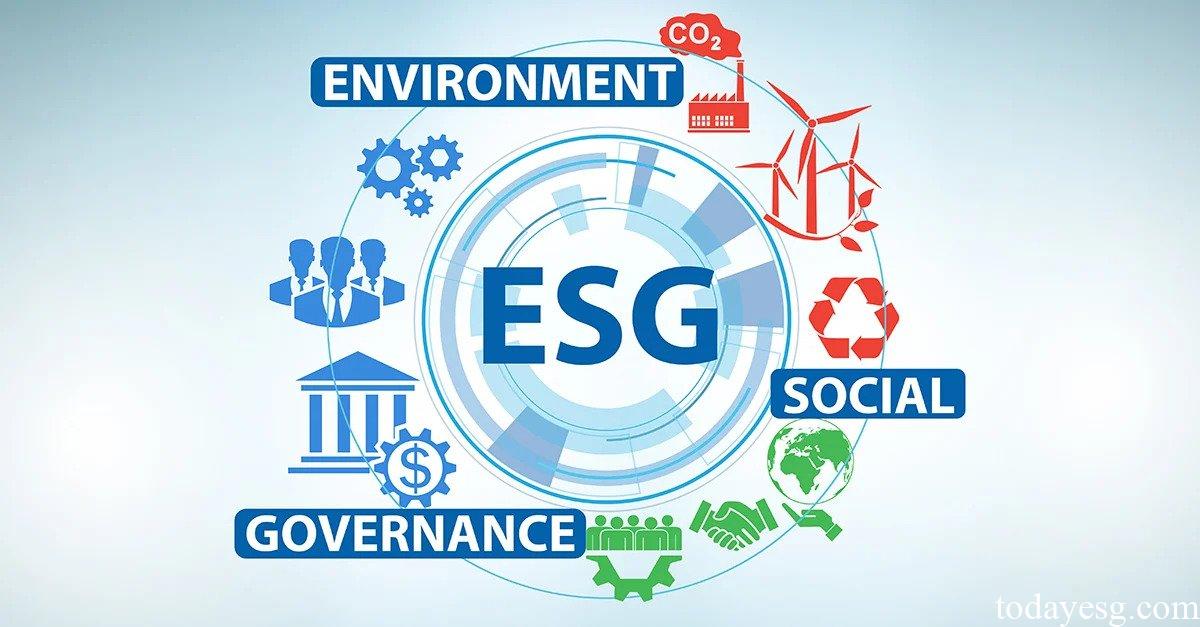IBM Conducts ESG Survey
The IBM Institute for Business Value (IBV) conducted two ESG surveys. The first survey targeted over 20000 consumers in 34 countries, focusing on sustainable development and social responsibility, as well as the impact of these factors on investment and consumption decisions. The second survey targeted over 2500 company managers in 22 industries, focusing on the ESG strategy and goals.
Some traditional views suggest that investment in ESG may reduce performance, but IBM’s survey shows that this view is not valid. Some companies with better performance often achieve the relationship between sustainability, social responsibility, and shareholder value simultaneously. The application of ESG can create more profit opportunities and improve company performance.
Contents of the ESG Survey
From the results of the first ESG survey, consumers still maintain a positive attitude towards ESG related commitments. 68% of consumers believe that environmental sustainability is very important, and 65% believe that social responsibility is essential. 70% of consumers are willing to work in environmentally sustainable companies. 25% have chosen this type of company within the past year.
From the results of the second ESG survey, companies are continuing to increase their ESG investment. 76% of managers view ESG as the core of their company’s business strategy, while 72% believe that ESG is a revenue driver rather than a cost item. 45% expect that adopting ESG strategy can improve the profitability, while 35% believe it can drive innovation.

Although ESG has become a focus from both consumer and investor perspectives, the two have different directions in focusing on specific ESG issues. For example, the ESG issues that consumers are most concerned about are:
- Health and Safety (73%)
- Labor force (70%)
- Human rights (69%)
- Air pollution (68%)
- Water resource consumption (66%)
The most involved matters in the ESG report are:
- Gender ratio (50%)
- Scope 1 Carbon Emissions (46%)
- Scope 2 Carbon Emissions (41%)
- Scope 1 Carbon Emission Density (38%)
It can be seen that the focus of the company on ESG is on carbon emissions, and in order to meet consumer expectations, the company can make disclosures from a broader ESG perspective.
Difficulties in ESG Development
In the investigation of company management personnel, there are still some difficulties in the development of ESG, such as:
1. Insufficient data. Reliable and authentic data can help companies evaluate ESG development and apply it in areas such as carbon footprint, supply chain, and compensation. However, most managers believe that there are numerous issues in this area. 73% believe that more of the existing data comes from manual collection, 70% have difficulties in organizing and processing data, and 70% believe that the data calculation methods are still opaque;
2. Too many ESG standards. The various frameworks from the International Sustainability Standards Board (ISSB), the Task Force on Climate-Related Financial Disclosures (TCFD), and the EU Corporate Sustainability Reporting Directive (CSRD) pose difficulties for companies in terms of information disclosure. Currently, there are over 600 ESG reporting standards worldwide, and the company has an excessive workload in calculating KPIs;
3. Stakeholder pressure. The interviewed management stated that business partners, regulatory agencies, investors, and creditors require the company to provide a clearer action plan at the ESG level. However, only 30% have sufficient sustainable investment information, and 38% can provide responsible employment. Although over 95% of companies have developed ESG strategies, only 10% have made significant progress in this area.
Suggestions for Strengthening ESG Development
Based on the results of two survey reports, IBM proposes the following suggestions to promote the improvement of the business value:
- Establish ESG data and ecosystem;
- Develop ESG technology at the company level;
- Incorporate ESG metrics into business decisions;
- Provide ESG and sustainable skills training;
Reference:
The ESG Ultimatum: Profit or Perish
ESG Advertisements Contact:todayesg@gmail.com








